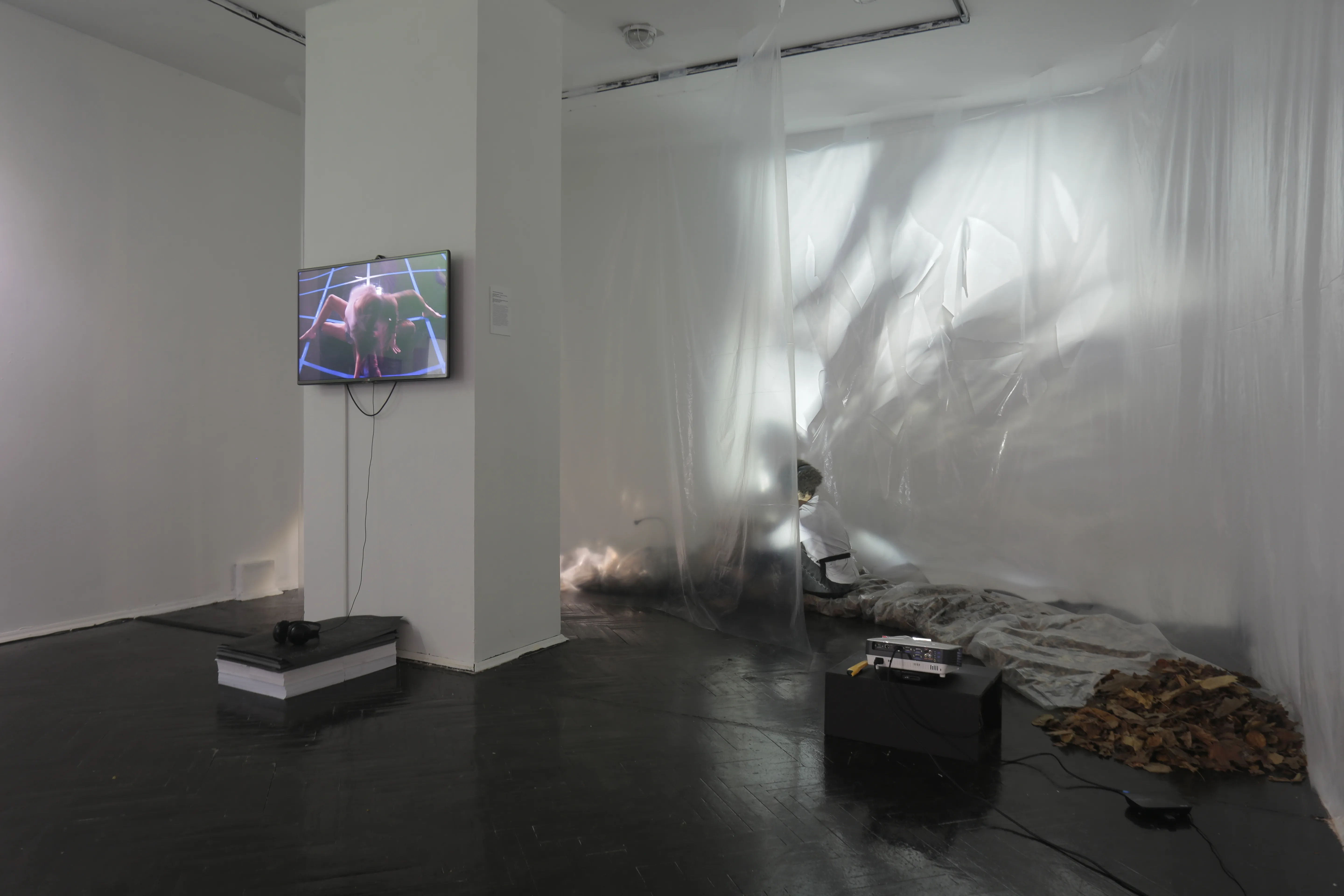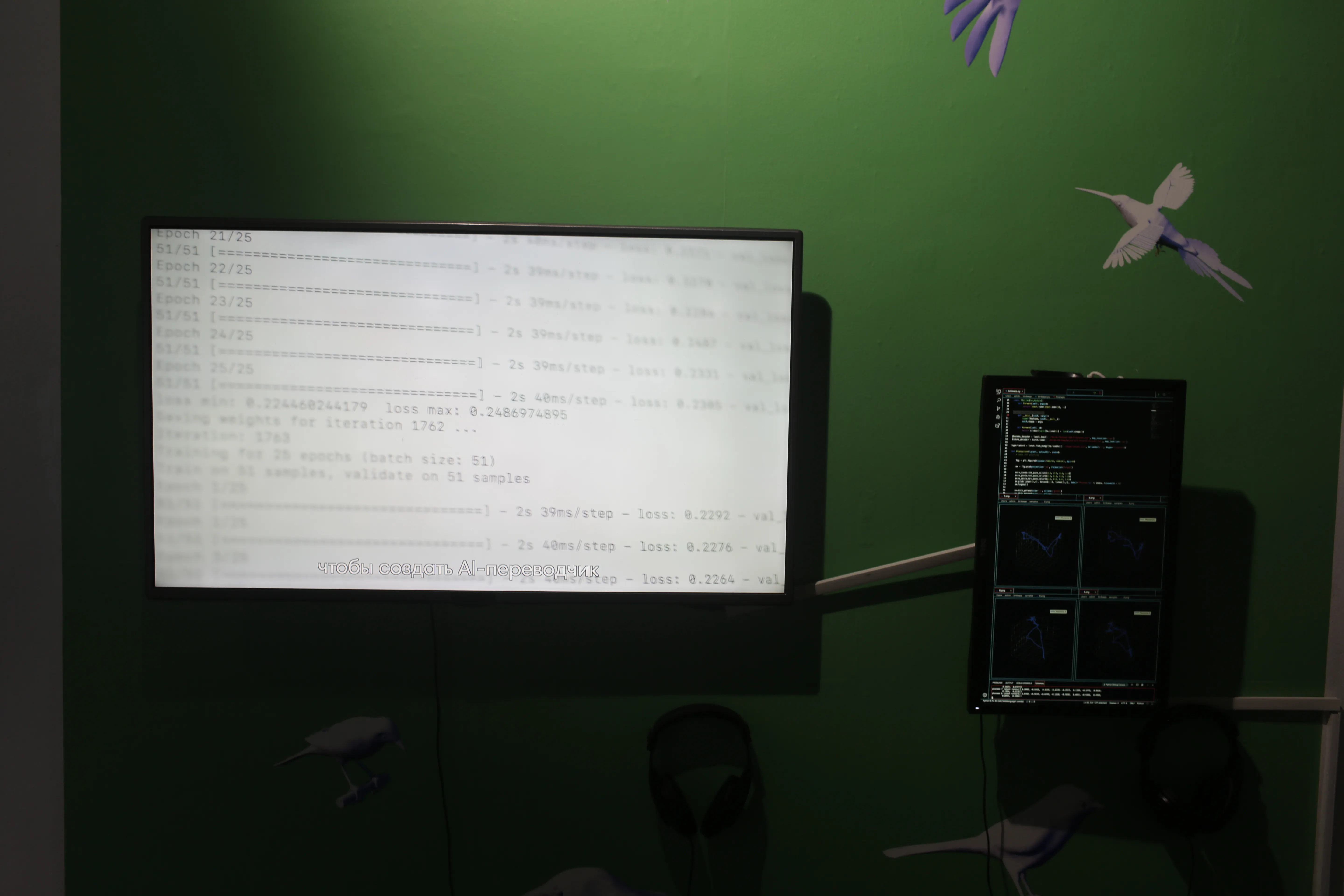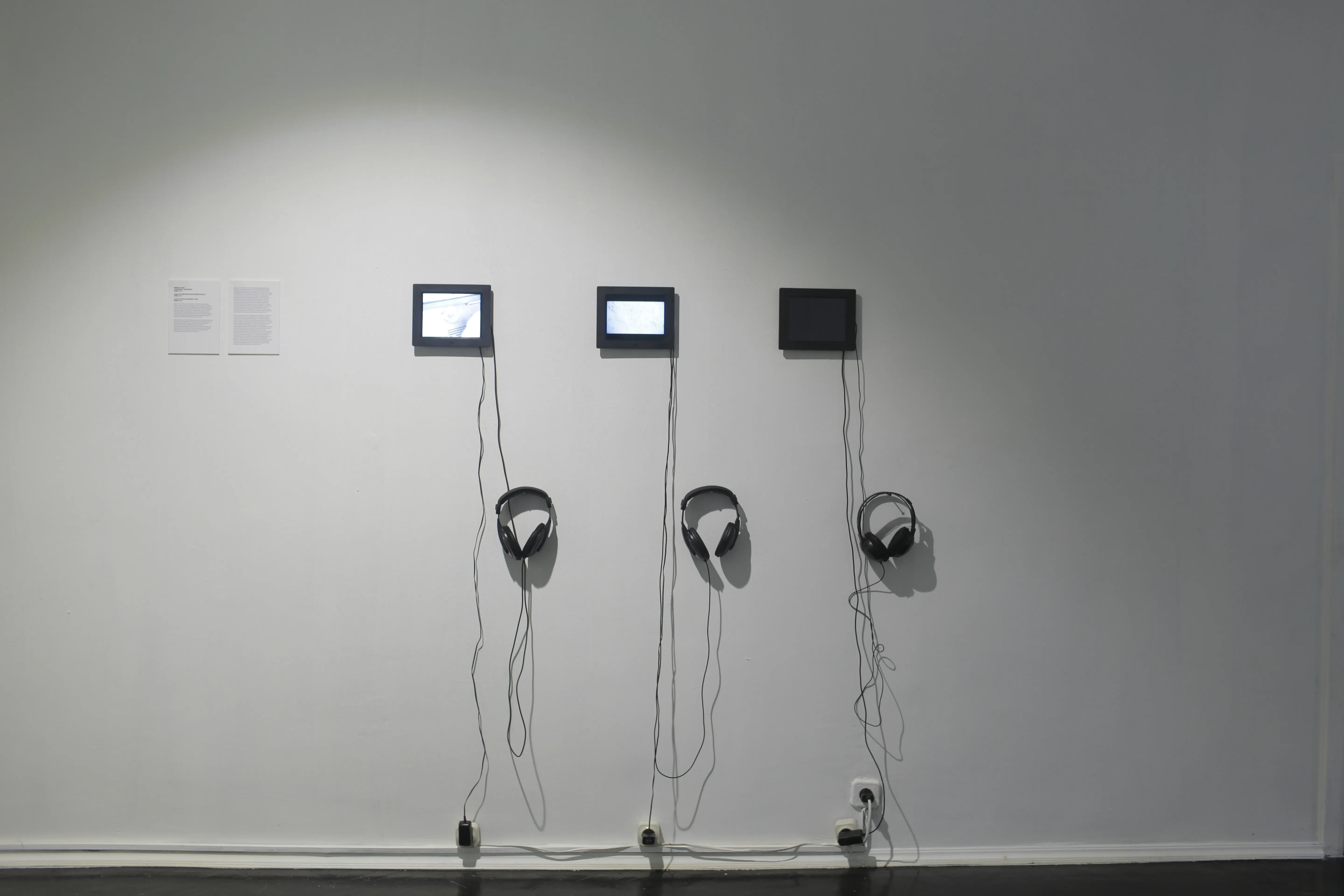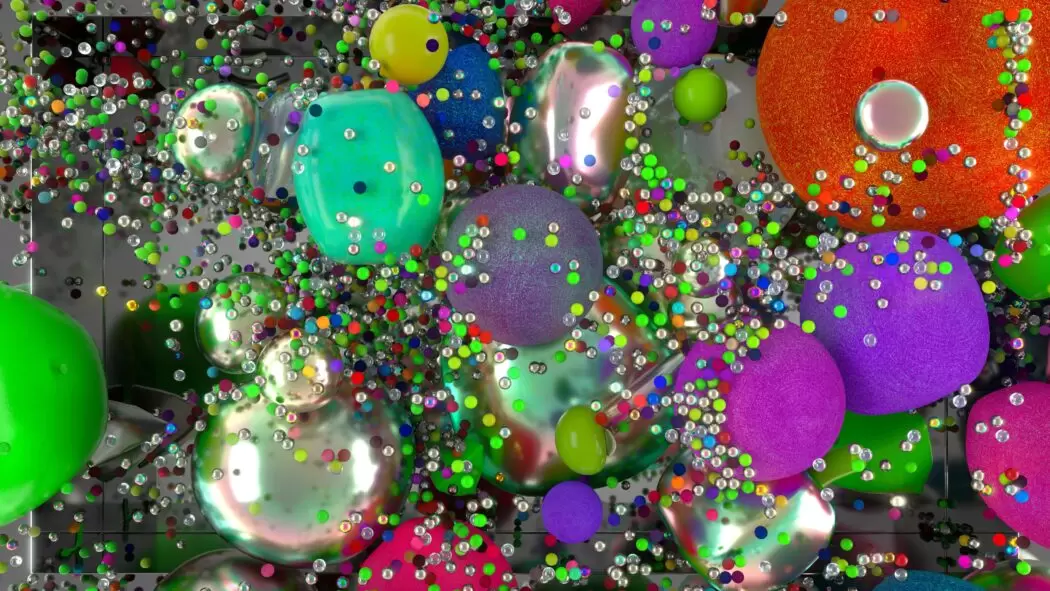Adopter stories: “Real life is more interesting than any book”
In his latest project of reinventing Moscow’s Khodynka gallery curator Alexander Burenkov bridged the gap between historical context, personal identity and local engagement.


The phenomenon of decentralization is more and more present in the world of contemporary art: curators look for exotic locations in the suburbs and isolated towns, artists research secluded archives, museums work with local communities throughout the city scape. In Moscow there is a whole network of gallery spaces located in distant areas that are dedicated to building a dialogue with the local audience, helping them to reimagine their personal identity through involvement in contemporary art practices.
These kind of art institutions possess a rare opportunity of introducing significant change by engaging the locals and carrying out creative neighborhood programs. Khodynka gallery is a non-commercial municipal exhibition hall and a member of the Moscow Exhibition Halls association. Being a part of this gallery network has a contextual, experimental and inclusive focus, addressing intellectually and emotionally curious art lovers and art professionals. The programing of Khodynka facilitates artistic dialogues, which are socially engaged and locally involved.
.ART has talked to Curator of the Year (2017, “Innovation” state award) Alexander Burenkov, who is responsible for the new creative concept of Khodynka gallery.

Alexander Burenkov, portrait by Yana Sidikova
With an MA in General linguistics and Greek languages, dialogue is his second nature, so the transition to contemporary art was thoughtfully enjoyable, despite being “quite a roller coaster”. After all, curating contemporary art exhibitions and cultural projects is the best way to initiate a dialogue, reinforce communication and build cultural bridges. Alexander started off in the new field by staging a few shows as an independent curator and later joined the curatorial team of the V-A-C Foundation. Through it he was directly involved in developing the creative concept for GES-2, a major art centre redesigned by Renzo Piano from a former power plant built in 1907, which will launch in Moscow in 2020. His curatorial practice implements interdisciplinary approaches that blur the boundaries between contemporary art, media and other creative practices in the age of Big Tech.
You were recently invited to curate the exhibition program of the relaunched Khodynka gallery. What is the geographical and historical context of this institution?
Khodynka gallery is a municipal non-commercial institution which has recently been renovated. It was opened in 1987, and over the last 30 years it has become one of the most important cultural hubs in the north-west of Moscow. It functions as kunsthalle and a hybrid space for workshops, concerts and lectures, introducing the local public to advanced contemporary art from Russia and all over the world.
Khodynka Field is one of the few truly iconic territories on the map of Moscow. At the end of the 19th century it hosted the All-Russian Art and Industry Exhibition and then the first airfield in the capital. It became a significant landmark for the aviation industry with the opening of the Frunze Central Aerodrome, which hosted the first ever Russian international flight in 1922. This determined the development of the entire northwestern part of the city for years to come. Now it is home to one of the largest parks built in Moscow of the post-Soviet period.

Khodynka aerodrome hosted the first ever Russian international flight in 1922
How will you build up on that heritage?
The creative program of Khodynka gallery is rooted in the unique historical context of the Khodynka Field area and uses the metaphor of the airfield and the aviation hub to launch careers of young artists and curators. In August we opened the season with «In the Fog of War» group show, which presented the works of contemporary Russian artists addressing the aesthetics of suburbs and panel-type apartment buildings. It uses new media, advanced technologies, game engines, CGI animation, psychogeographic and performative practices to link the experience of living in dormitory suburbs with the mechanics of contemporary computer and video games. The exhibition was accompanied by an extensive educational program, which consisted of panel discussions, lectures, artist-talks, film screenings, workshops and performative tours around the area. The aim of this exhibition and its educational program was to test the audience, to get feedback from the locals and to invite future visitors to participate in a dialogue.
A conversation with artists is the best start for any exhibition. All good ideas come from this dialogue and сlose observation of the art practice.
Even though multidisciplinary approach has always been defining for the gallery, we would like to elaborate on it and to reorient it towards international exhibitions, research and educational programs. We want to go beyond disciplinary boundaries and promote intercultural dialogue and the integration of advanced experimental Russian art into the international context.
Are there many growth opportunities for the gallery?
Moscow currently lacks dynamic mid-size spaces with flexible and pro-reactive programming, so I do see a lot of perspectives for its development. Khodynka Gallery can become a testing ground for various practices of artists using walking as a creative method, as well as for the creation of works based on performative interventions in the urban environment and interaction with the local community. The future is very dependent on financial capabilities. At the moment the gallery is open for collaboration with partners, foundations and other institutions. We also plan to create a board of trustees for the implementation of more ambitious international projects.
More and more artists create aesthetic situations that move beyond the merely visual, where the entire human sensorium is invited to slow down and think.
The current exhibition on display is Animal Internet. What is it about?
Animal Internet is a group exhibition that presents a constellation of views of 13 Russian and international artists on the issues of redefining the place of human in contemporary anthropocentric world, building new connections with nature, animals, plants and other non-human creatures. Nature and technology have traditionally been opposed to each other, and since the 20th century progress has been perceived as a threat to all living things. German publicist Alexander Pschera writes in his book Animal Internet that the time has come to return the natural to the everyday life of a human, and digital technology can help.
The main outcome of the “internetization” of nature will be its full integration into human life. What used to be a sacred and autonomous world with laws unknown to humans, in the postmodern era has become something tangible and accessible through ecology. Unlike the distant nature of today, the understanding of nature in the future will be that of a transparent space for free interaction between humans and animals assisted by technology. The artists offer different scenarios for finding a new dialogue with animals – both research-based and totally speculative.
Which international art spaces are you inspired by?
There are dozens of incredibly successful and at the same time forward-thinking institutions which promote artistic exchange, celebrate experimentation and develop creative practice through innovative programming. I really admire international institutions like Tensta Konsthall in Stockholm, Para Site in Hong Kong, Delfina Foundation in London or Asakusa in Tokyo.

Innovation Art prize nominee exhibition (Russian State Library, 2018)
How .ART Domains Are Taking Artists Online Read More How to register a business email on .ART Read More Portfolio on .ART: How to showcase your creative work in 4 simple steps Read More
What defines your curatorial approach?
My curatorial practice is inextricably linked to visual culture studies and post-digital conditions, and implements interdisciplinary approaches that blur the boundaries between contemporary art, media and other creative practices in the age of Big Tech. Over the years the line of my work has been related to the young generation of underrepresented artists both in Russia and internationally which were born in 1989 or later. They have a completely new approach to art production…
Any particular example?
I have developed a particular interest for the spiritual and performative turn in art practices which speculate around image production and question the notion of immaterial art. When I got an invitation by the recently opened HSE ART Gallery of the Faculty of Design at the Higher School of Economics, I immediately proposed a group show. We called it Going Unconscious / Trembling / With eyes open / I see you / Surrender. For what turned out to be an “anti-show” I invited 17 young artists who explored the new “ritual” of the exhibition and the process of mediating the art of social relations between people. This was achieved through performative and choreographic works, sport practices, collective sessions of “quantum meditations”, cyber and board games, hacker workshops, Satsang meetings, listening sessions, Tai Chi, Wushu and Qigong. Taking the form of an exhibition with a minimal number of visible objects and acting as a space for collective intangible experiments, the show developed through time, complemented by “traces” and “remnants” of performances. It became a platform for activation via contemporary performative practices, revealing new ways of intangible presence and nonverbal communication through shared physical and spiritual experiences.
How do you usually start the process of putting an exhibition together?
A conversation with artists is the best start for any exhibition. All good ideas come from this dialogue and сlose observation of the art practice. Real life is more interesting than any book. Sometimes it seems to me that if I did not become a curator, I would definitely be an investigative journalist or a director of documentaries, researching various anthropological and social aspects, the impact of technology on psychology, cultural and subcultural phenomena of our time.
Which art movement do you think exemplifies the next move in contemporary art?
I’m very interested in the emergence of the so-called «slow art» which engages with the experiences of deceleration, meditative contemplation and the physical process of slowing down. Some academics already put this phenomenon on the map: books like professor Arden Reed’s Slow Art: The Experience of Looking, Sacred Images to James Turrell emerged to provide the missing theory needed to secure a new aesthetic field. More and more artists create aesthetic situations that move beyond the merely visual, where the entire human sensorium is invited to slow down. They pose the question of how to live a mindful life in tempestuous times and are deeply committed to gathering and sharing practices of embodiment to help us orient ourselves and shape our world in more equitable ways.

Going Unconscious / Trembling / With Eyes Open / I See You / Surrender (HSE ART Gallery, Moscow, 2018)
You have recently switched Khodynka gallery to a .ART domain address. Why?
Contemporary art is an international language and it’s very important to be open to the global network and cultural exchange. I believe that the goal of art institutions is to foster mutual understanding via artistic practice and exchange, encourage critical and engaging experiences in the arts and promote contemporary visual culture, especially under-represented practices and practitioners. In order to implement this agenda, an institution should have visible international presence, of which digital is an important component.
Any advice for emerging curators?
Follow professional ethics, always think only with your own head and be curious, inquisitive and kind.
Also published on Medium.











